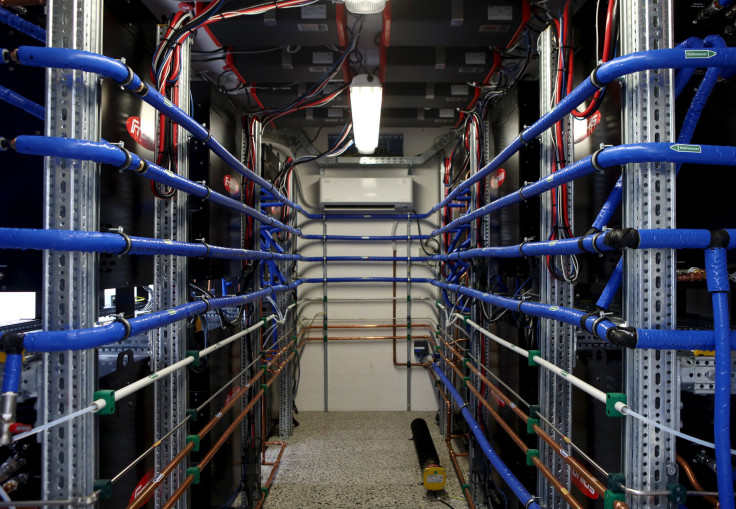Australia signs contract with Japan to ship hydrogen

Australia and Japan have signed a deal in Canberra on Wednesday to ship liquid hydrogen from Victoria. Australian Maritime Safety Authority and Japan's transport ministry have sent their representatives to close the deal. The project is expected to begin by 2020.
Transporting liquid hydrogen in bulk is not currently covered in the international code that regulates the shipping of liquefied gas. But both countries have worked together to guarantee a set of shipping safety standards.
Japan is in much need for hydrogen as an alternative energy source. The country needed to look for alternatives since the nuclear disaster in 2011 that resulted to tsunami and earthquake. Liquid hydrogen could potentially be used to keep Japanese cars moving.
Kawasaki Heavy Industries and Shell team up to make the project come to life. News.com.au has learned that Kawasaki is building a pilot boat to transport the hydrogen. A pilot boat is specifically being utilised to ship maritime pilots between land and the inbound or outbound ships that they are piloting.
In a separate report, Asian Review stated that Kawasaki Heavy has a lot of technologies needed to handle hydrogen. However, the publication maintained that the creating a hydrogen infrastructure by itself is impossible, so the company is currently expanding its partnerships.
Meanwhile, the Australian Association for Hydrogen Energy promotes the utilisation of hydrogen as a clean and sustainable fuel and energy storage medium. It also supports safe and efficient adoption of hydrogen and associated technologies.
Last year, an Australian company has shared its plans to ship hydrogen to Japan. Renewable hydrogen plans to harness solar energy to make hydrogen and “bottle it and ship it to Japan on a true industrial scale”, executive director Andrew Want told ABC.
According to The Green Optimistic, the process that the company follows utilises solar energy to electrolyse purified seawater. Hydrogen is separated from oxygen, and then gets converted to ammonia for transport.






